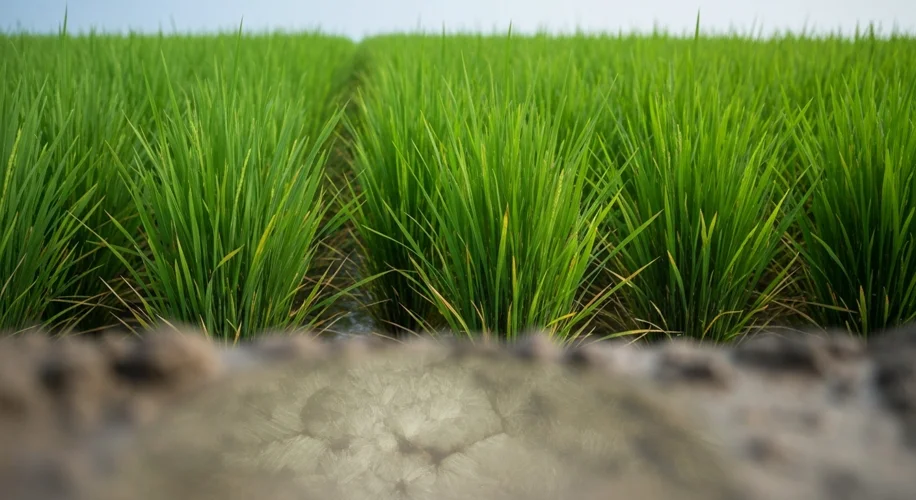Did you know that the ‘king of poisons’ is steadily accumulating in rice fields across the globe? It sounds like something out of a science fiction novel, but recent studies are sounding the alarm. This buildup could have serious consequences for our food security and public health.
Let’s talk about arsenic. It’s a naturally occurring element found in soil and water. While it’s present everywhere, certain conditions can lead to higher concentrations. Rice plants are particularly good at absorbing arsenic from the soil and water they grow in. This is because rice is often grown in flooded fields, a process that can make arsenic more available for the plant to take up.
Why is this a problem? Well, arsenic is a toxic metalloid. Even low-level exposure over time can lead to a range of health issues, including various cancers, skin lesions, and cardiovascular diseases. And since rice is a staple food for billions of people worldwide, especially in Asia, the potential for widespread exposure is significant.
What’s causing this buildup? Several factors are at play. For one, the increased use of certain pesticides and fertilizers in agriculture can sometimes contribute to higher arsenic levels in the soil. Additionally, changes in weather patterns due to climate change, like more intense rainfall or altered irrigation practices, can affect how arsenic moves through the soil and water systems.
Experts are concerned about the long-term implications. If arsenic levels continue to rise in rice paddies, it could mean that the rice we rely on for sustenance might contain higher and higher amounts of this toxin. This isn’t just about the immediate health risks; it’s about the sustainability of our food systems.
So, what can be done? Researchers are exploring various solutions. This includes developing rice varieties that are less efficient at absorbing arsenic, improving water management techniques in rice paddies to reduce arsenic uptake, and finding ways to remediate contaminated soils. Public health agencies are also working on better monitoring systems to understand the extent of the problem and provide guidance on safe consumption levels.
This is a complex issue that touches on agriculture, environmental science, and public health. As a scientist focused on climate modeling, I see how interconnected our planet’s systems are. Changes in one area, like climate patterns, can have ripple effects we might not immediately anticipate, impacting something as fundamental as the food on our tables.
It’s a reminder that understanding our environment is crucial, and staying informed about these scientific findings allows us to support efforts towards safer and more sustainable food production for everyone.

